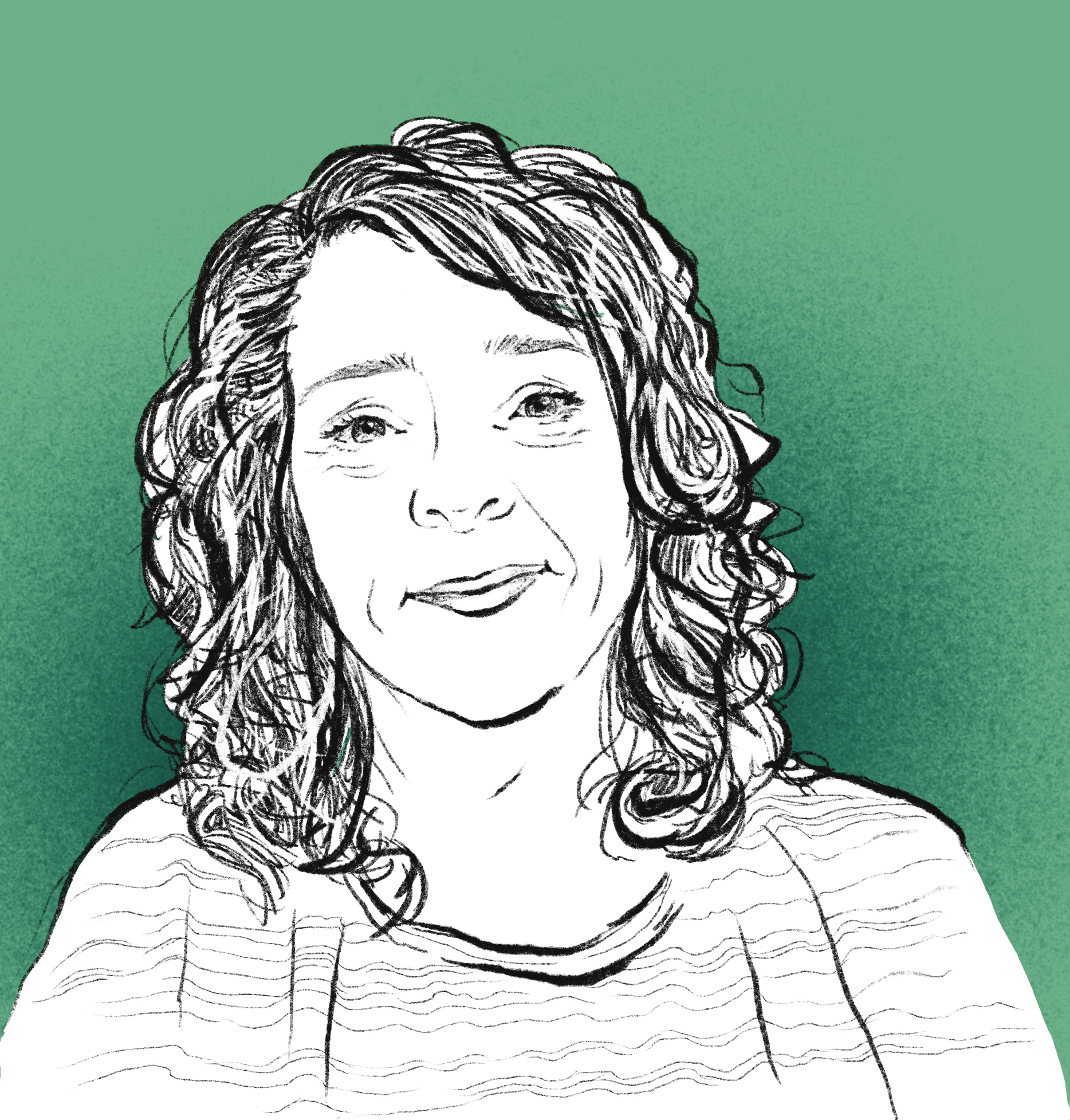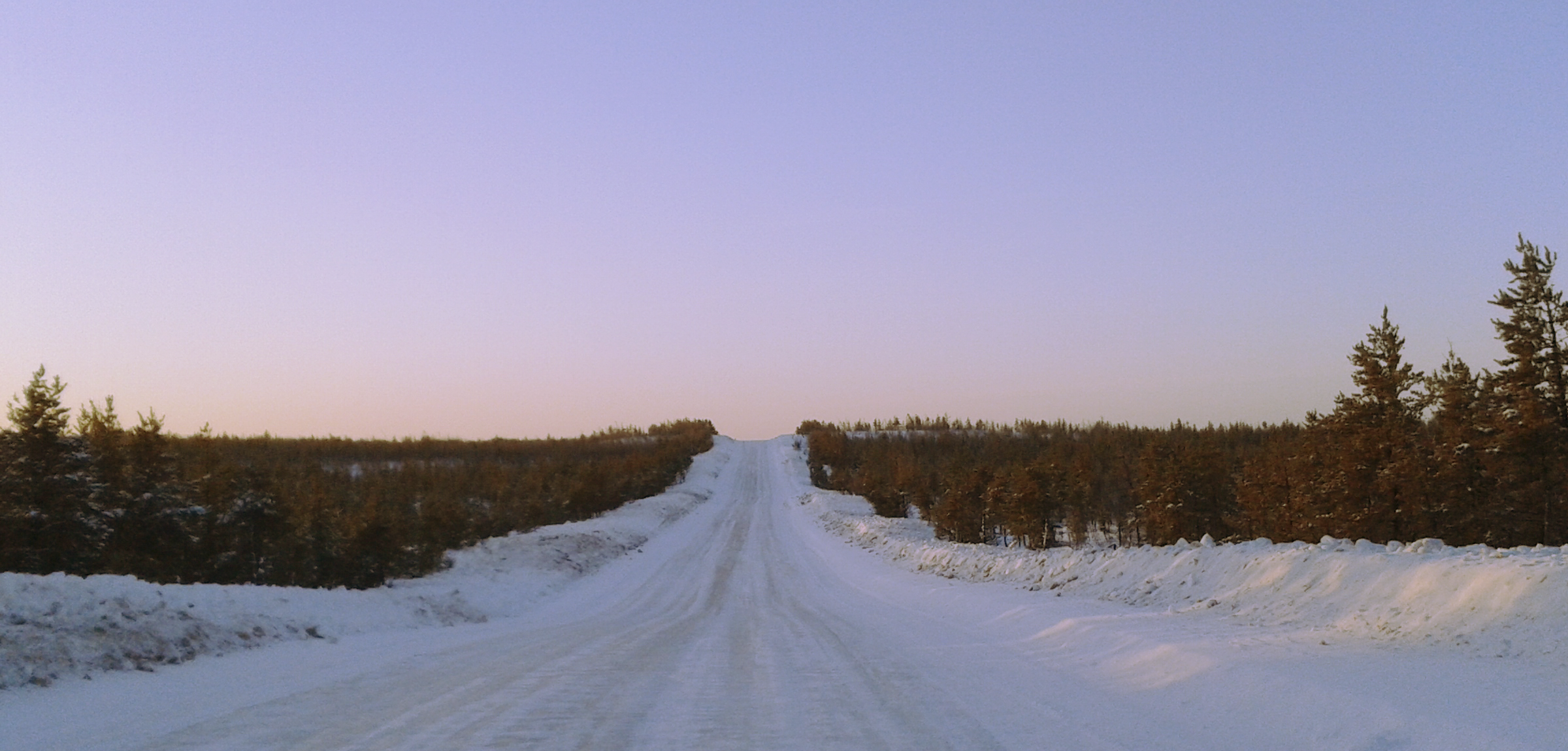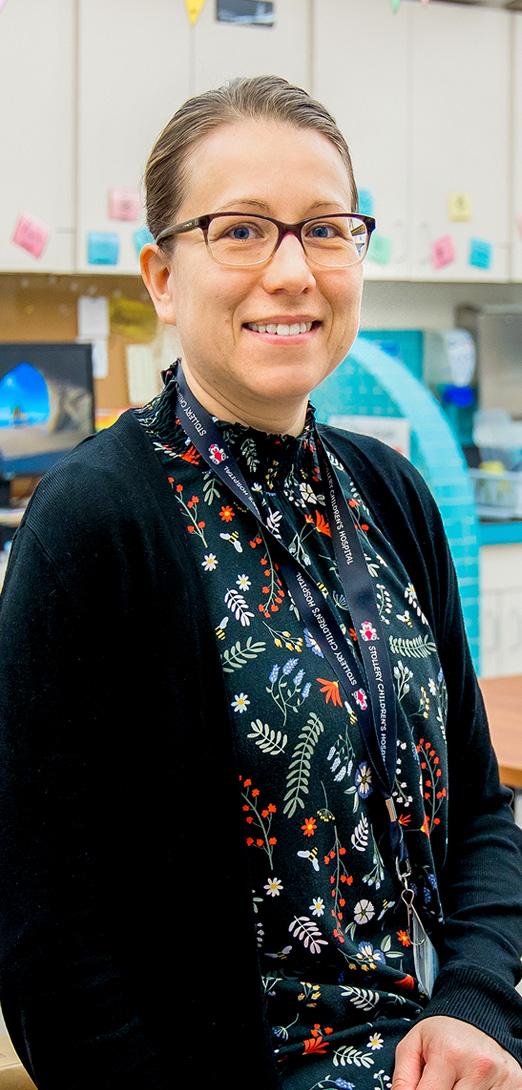Lynne Couturier was terrified when she stepped off the eight-seater Cessna that serves as the main gateway in and out of Fort Chipewyan.

Lynn Couturier
Location—Athabasca Delta Community School,
Fort Chipewyan
Teaching experience— 10 years
Time in current setting— 10 years
Having just earned her education degree, the New Brunswick resident planned to spend a few years gaining experience and then moving to a less remote location closer to home.
“I was very scared. I had never been this far west in my life,” Couturier recalls. “When I saw the little plane ... I was very, very nervous. I didn’t know anybody here.”
Nestled at the western tip of Lake Athabasca, some 220 kilometres north of Fort McMurray, the historic community of about 1,000 is accessible only by air, water or winter road (a four to five hour drive on the ice road from Fort McMurray, depending on the weather).
The community’s K-12 school, Athabasca Delta, is one of the most northerly schools in the province, and is an integral part of the community. Events like kindergarten graduation and the school Christmas concert are must-attend affairs for the entire community, and teachers and other staff are invited to everything that takes place outside of school.
“Every celebration they have, they invite everybody so you can go and really immerse yourself in the culture that you’re not familiar with,” Couturier says. “It’s kind of cool.”
Now in her 10th year of teaching in Fort Chip, Couturier is a fixture as the school’s Grade 1 teacher.
I ended up falling in love with the place and the kids and the people.”
She stresses the importance of flexibility. A significant amount of learning is land-based and takes place outside, often in collaboration with local Elders and experts in traditional activities like hunting, trapping and fishing. When teaching in the school, teachers have the opportunity to move away from more colonial practices.
“It’s not just, sit in a desk and I’m going to teach you this way,” Couturier says. “These kids love to tie [the learning] into their culture or work on the floor rather than sitting in these rows of desks.”
The school’s connection to the land brings a lot of experiences that just don’t happen in urban areas. For example, last year the students dissected a muskrat. Also, students (and staff) are often able to use camps that belong to community members and accompany locals on moose hunting excursions.
When students get a moose while participating in moose camp, the animal is brought to the school to be processed so everyone can see and learn how all the parts are used. This led to moose stew being featured as the main meal at last year’s Christmas concert.
“You’re not going to get that experience in a big city school,” Couturier says.
Northern Living
For a small fly-in community, Fort Chip has a good selection of amenities—a couple small grocery stores, a convenience store and a restaurant—but it’s not exactly city living.
“There’s nowhere to get all your little stickers ... you can’t just go out and get some styrofoam balls to do a science project,” Couturier says.
When she arrives for a new school year each August, she brings an extra suitcase full of classroom craft materials.
Like Couturier, many of the teachers working in Fort Chip are away from their families during the school year.
“The school staff become your family up here,” Couturier says.
Sometimes staff members gather for fireside chats. There are game nights. One year they had a cross country ski club that met twice a week.
“The northern lights up here are absolutely phenomenal,” Couturier says. “I’ve gone with other teachers down to the lake and just laid on the lake in the middle of winter.”
Couturier has put an indefinite hold on her original plan to gain experience and return home.
“I ended up falling in love with the place and the kids and the people,” she says. “That’s why I keep returning. I really enjoy it up here.”
Editorʼs noteIt’s simple. Teachers teach in classrooms located in schools that are typical school-type buildings in typical towns and cities. At least, that’s what immediately comes to mind when we think about teaching, isn’t it? Have you ever pondered the less conventional settings where teaching happens? For example, have you ever wondered what it’s like to teach in a school located on a Hutterite colony? How about an outreach school or one located in a hospital? Remote, northern school? With this feature, we’ve gone behind the scenes at four unconventional teaching settings to see what life is like. — Cory Hare |



